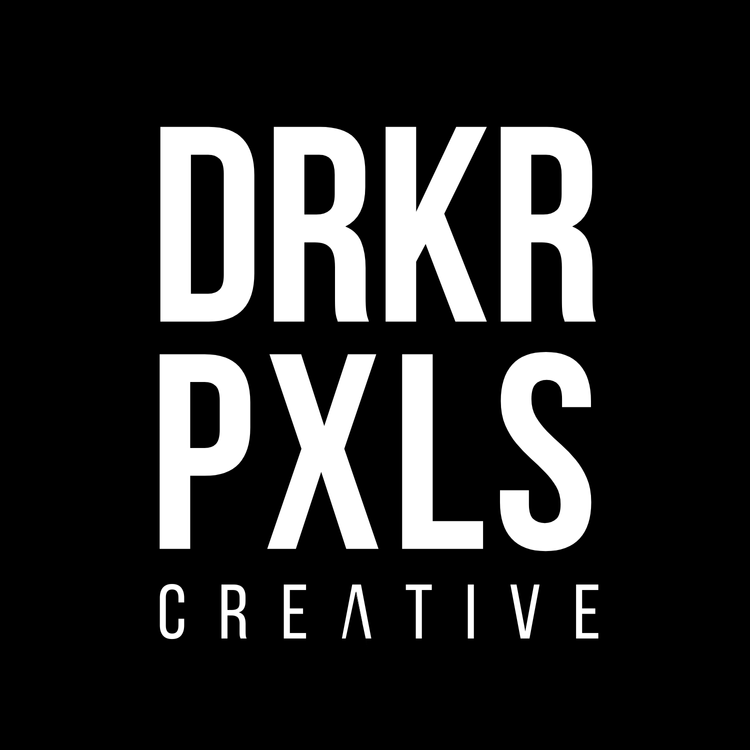"Nice shot... what type of camera do you have?" I'll be honest... when I hear this, I cringe just a little, right before I start to explain that it's not the camera, but the (wo)man behind it. Nikon or Canon? DSLR or mirror-less? Full frame or cropped sensor? 9 times out of 10, it's completely irrelevant. Following are five reasons to make that case.
Reason #1: Shutter, Aperture, ISO
Okay... shutter, aperture and ISO sounds like three reasons, but know that they all must work in concert to create a desirable exposure for your images. They are a fundamental feature set of all digital cameras. A photographer will have maximum flexibility over how they want their images to look when they can manipulate these three variables. Comparing your closed eyes to a camera and lens, here is a quick breakdown of what they are:
- Shutter Speed... it's how fast you open and close your eye. It determines how much light you let in for an image. A single reverse blink (from closed position to open to closed again) is a very fast shutter speed. Leaving your eyes open for 10 secs would be a very slow shutter speed ...and it might also make your eyes water :)
- Aperture... The iris of your eye gets bigger to let more light in when you are in the dark. Your iris gets smaller to allow less light into your eye on a sunny day. The adjustable size of your iris is the aperture.
- ISO... When it's really dark outside and you don't have a flashlight, wouldn't night vision goggles be nice to have? What you see may be visually noisy, grainy and the color may be off, but you CAN see it! This is an example of (a very high) ISO. It artificially boosts what little light you have. On the flip side, if you have plenty of light, your ISO will be very low, in which case the trade-offs are minimal or non-existent.
Sure, you can put your camera in AUTO mode and let it decide what those variables should be, but it is definitely a roll of the dice. You can get some amazing images in AUTO mode and equally some terrible ones. But if you are hiring someone for a high profile commercial shoot, a rare "everyone is here in one place at the same time" family portrait or to capture that "once in a life time" kiss that weds you to your partner, auto-pilot simply won't do. Your photographer must be fully in control.
Reason #2: Lighting
Understanding light and how it falls on your photographed subjects is essential. First, your lighting directly affects your shutter, aperture and ISO settings. Second, it is one of your most important creative tools. Light can shape and mold the story you want to tell in your images. It can seemingly give your subjects more shape and dimension. It can help to evoke certain emotions. It sets the scene of your images and helps to communicate power, drama, happiness, innocence, romance and fear. And once you know how you want your light to fall, there are a myriad of natural and artificial lighting options, techniques and methods to best deliver those options and a bunch of mad lighting science to help dial in exactly what you're looking for. With the right lighting, an image shot on your smartphone could easily out do an image shot on your high end DSLR with poor lighting.
Reason #3: Lenses
Another critical tool in a photographer's arsenal are lenses. They too have both practical and creative applications. Are you shooting sports? At night? A "fast" zoom lens is your best friend. Corporate headshots? You may want to bring a prime (fixed) lens to the party. Do you want to see some intense detail on the lady bugs that your daughter has been smuggling into her room? A macro lens will get the job done right. The list goes on. And when it comes to creativity, there are no rules. You might try using a certain lens atypically and discover a whole new world of possibilities.
Reason #4: Composition
Where you place your subjects in your scene can make or break your photo. It can make the image more or less interesting. You can choose an unanticipated vantage point from above (perhaps from a rooftop or on a ladder... be careful!) or from below (kneeling down low or even lying on your back or stomach). There are an infinite number of perspectives to capture. Ultimately, you want to keep your viewer engaged (even if only for a moment), so that they might appreciate the view from where you stood and better understand the message you may be trying to convey. No camera can do this on its own.
Reason #5: Retouching
With most images you see, very rarely is it right out of the camera. I will venture and say that more than 90% of all images you see online, in magazines and billboards are Photoshopped. In other words, the photos have been edited in some way after the fact. This ranges from minor adjustments in exposure, removing blemishes and cropping an image to more extensive edits such as compositing, body morphing and adding special effects. In moderation, retouching can be an amazing creative tool. It can also be a rescue tool, such as removing a photo bomber from an otherwise perfect shot. It provides the finishing touches on an image and can often times represent a photographer's signature look or special sauce.
So the next time someone compliments your photographic work and asks you what kind of camera you have, you can kindly remind them that there is so much more to it than meets the eye.
Akintayo Adewole is a commercial conceptual and portraiture photographer. His stylized approach truly bring outs the power and emotion of the people and subjects he captures. His design background translates to both the production and creative aspects of his work. When he doesn't have a camera in hand, he is either spending time with his kids, writing up his next blog topic, enjoying buffalo wings, indulging in the occasional cupcake or running a distance race to balance it all out.






